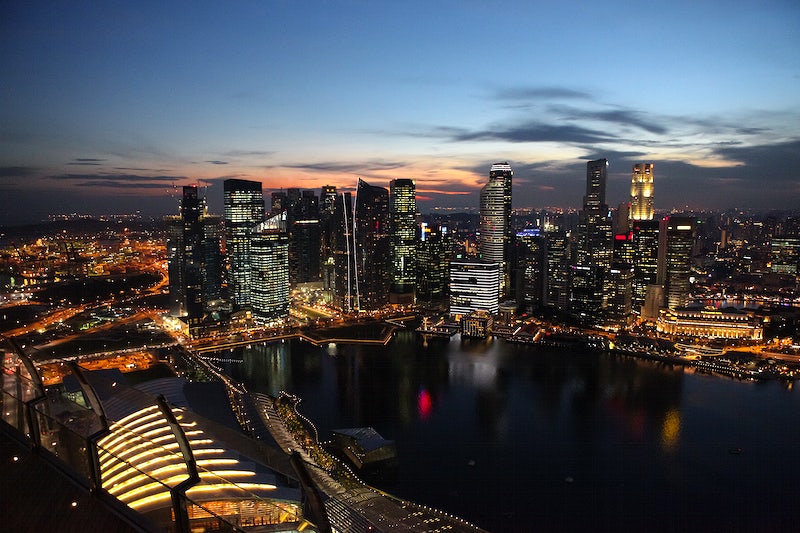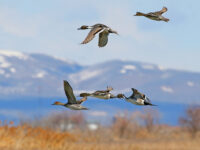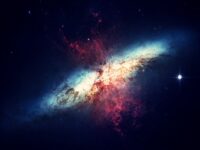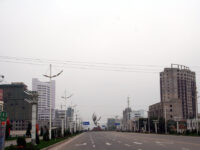The tradition of treating travelers with respect has been a long-held one, spanning many cultures and periods. As early as the Greeks and Romans, townspeople were hospitable to any and every stranger in the hopes that one may be a god in human form testing them. However, it isn’t hard to find winged travelers that come from above. Migratory birds travel up and down the globe each season, using American skies as their route for migration. Species like the bar-tailed godwit fly 7,000 miles almost non-stop from Alaska to New Zealand, second only to the arctic tern’s journey of over 9,000 miles, from one arctic pole to another. How good is the hospitality people lend to these travelers? Horrible. So horrible that, according to a 2019 study from Cornell University researchers, there has been a larger than 40% decline over the past 50 years in North America’s grassland birds — that’s around 1 in 4 birds lost.
So horrible that, according to a 2019 study from Cornell University researchers, there has been a larger than 40% decline over the past 50 years in North America’s grassland birds —that’s around 1 in 4 birds lost.
This steep decline is unique to migratory birds, largely due to the rapid urbanization and development that has taken place over the last 50 years. To examine why it is unique, it is necessary to understand the mechanism of migration. The majority of migratory birds are nocturnal migrators that rely on the position of the stars to determine their paths. Using sight, smell, and magnetoreception, young birds migrating for the first time must learn to locate the North Star and use their 24-hour circadian rhythm to calibrate their sun compass. However, these navigation senses are found to be light-dependent. Studies suggest that the internal magnetic compass birds have is created in the birds’ retinas through photochemically-formed radical pairs that contain spin angular momentum. Particles with this “spin” create microscopic fields of magnetism that can interact with environmental magnetism, allowing birds to sense the Earth’s magnetic field. In short, birds use light-dependent quantum effects along with the orientation of the stars in the night sky to find their way.
Because light is so integral to a bird’s internal navigation system, light pollution, which researchers termed as artificial lights at night (ALAN), seems to be the obvious culprit for the falling bird population. ALAN can produce skyglow, where particles within the atmosphere scatter light into areas that are not inhabited by humans, covering more than 80% of the world’s airspace. This light can trigger disorientation, which may cause traveling birds to collide. Collisions are the biggest man-made killer of birds worldwide — up to 1 billion birds die from colliding with buildings annually in the United States alone, with most of the collisions occurring among nocturnal, migratory birds getting disoriented and attracted to glass-paneled buildings with strong interior lighting. However, fatal collisions are not the only issue. Any type of injury from a collision, fatal or not, can leave a bird too weak to continue its migratory path, preventing it from reaching its destination on time. Since many birds migrate seasonally to catch the few days when breeding occurs, if they miss that time window, they won’t be able to reproduce, thus reducing the population further.
The negative effects of ALAN are not limited to blunt impact and disorientation. ALAN has also been found to disrupt the 24-hour and annual circadian rhythm within birds. The circadian rhythm is integral in initiating migration seasons and is especially important to species that spend the winter seasons near the equator, as the weather is too constant to provide environmental cues for migration. Additionally, melatonin, a hormone that is produced to trigger sleepiness, is released on a cycle that is determined by the circannual rhythms. When the migration season approaches, melatonin secretion is adjusted accordingly to allow for nocturnal migration. The avian circadian receptors lie in the retina and are reactive to light, so when birds interact with ALAN, it can alter their internal clock and melatonin secretion, leading to missed migration and loss of sleep. Additionally, melatonin disruption can decrease fitness, leading to impaired metabolism and immune systems, and ALAN implicates declined memory and visual-spatial learning in birds. The lack of total darkness at night can cause a slow decline in an avian population’s overall ability to thrive, leading them to be sleep deprived, unable to recall where they need to go, and unable to initiate migration at all.
The lack of a total darkness night can cause a slow decline in an avian population’s overall ability to thrive, leading them to be sleep deprived, unable to recall where they need to go, and unable to initiate migration at all.
As travelers, birds need humanity’s respect to survive. There is a need to be more hospitable to the tiny travelers that traverse the skies before our actions cause irreversible damage to their populations and to the world.
- Science (2019). DOI: 10.1126/science.aaw1313
- Scientific Reports (2018). DOI: 10.1038/s41598-018-21577-6
- Journal of Ornithology (2015). DOI: 10.1007/s10336-015-1196-3
- Journal of Experimental Biology (1996). DOI: 10.1242/jeb.199.1.39
- Birds (2022). DOI: 10.3390/birds3010003
- PNAS (2017). DOI :10.1073/pnas.1708574114
- Global Change Biology (2017). DOI : 10.1111/gcb.13792
- Zeitschrift für Physikalische Chemie (1978). DOI: 10.1524/zpch.1978.111.1.001
- North America Has Lost More Than 1 in 4 Birds in Last 50 Years, New Study Says





